In the world of logistics and freight transportation, the ability to maneuver and operate semi-trailers effectively is vital. For drivers and operators, understanding the dynamics involved when a semi-trailer turns is essential for ensuring safety and efficiency on the road. In this article, we will dissect the mechanics of semi-trailer turning, focusing on the concept of “off-tracking,” which captures the essence of why and how a semi-trailer turns closer compared to its truck cab.
What Is Off-Tracking?
Off-tracking, sometimes called “interior off-track,” refers to the phenomenon where the rear wheels of a semi-trailer do not follow the same path as the front wheels when making a turn. This discrepancy can be alarming for inexperienced drivers, as it affects how tight a turn can be made without encroaching on adjacent lanes or obstacles. Essentially, a semi-trailer takes a wider path around a corner than the truck cab, leading to potential hazards if not properly managed.
Table: Key Elements of Off-Tracking
| Element | Description |
|---|---|
| Definition | The difference in path between front and rear wheels during a turn. |
| Implication | Affects the trajectory and clearance of the rear of the trailer. |
| Driving Techniques | Requires awareness and adjustment during maneuvering. |
| Maneuver Strategy | Adjust the angle when entering turns to mitigate off-tracking. |

Factors Influencing Off-Tracking
Numerous factors can impact the degree of off-tracking, and understanding these will help operators predict and control their vehicle’s movements. Here are the key influences to consider:
1. Vehicle Length and Configuration
Longer semi-trailers inherently experience more pronounced off-tracking due to their extended wheelbase. The relationship between the trailer and cab influences how sharply or widely the vehicle turns. For instance, a standard 53-foot trailer may have a different turning radius compared to a shorter model.
2. Turning Radius
The radius of the turn itself plays a vital role. A tighter turning radius will result in more significant off-tracking, as the rear wheels of the trailer will need to swing wider to clear the front. This becomes particularly critical in urban driving conditions or during dock maneuvers.
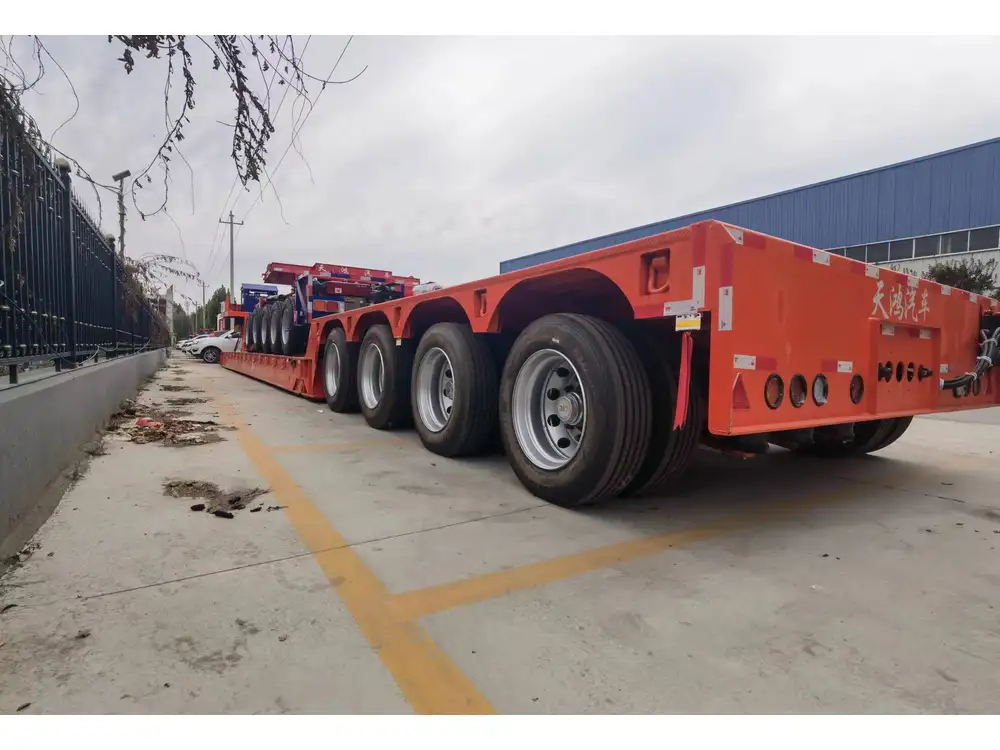
3. Load Distribution
Load positioning can drastically affect how a semi-trailer behaves during a turn. Unevenly distributed loads may alter the center of gravity, making the vehicle less stable and more susceptible to off-tracking. Proper load management is crucial.
4. Tyre and Suspension Characteristics
The condition and quality of both the tires and suspension systems can influence how much the semi-trailer off-tracks. Worn tires may not grip the roadway as effectively, whereas a well-maintained suspension will absorb shocks better, leading to smoother turning mechanics.
Calculating Turning Paths and Off-Tracking
To develop a nuanced understanding of off-tracking, we can employ some calculations based on geometry and vehicle dynamics. A helpful way to visualize this is through the concept of “turning paths.”

Comparison of Turning Paths
Consider two scenarios: one with a conventional truck and trailer and one with a tractor and a longer articulated trailer. The following graphical representation showcases how off-tracking may differ between standard configurations.
| Configuration | Turning Radius | Off-Tracking Distinction |
|---|---|---|
| Conventional Truck | Tight (20 ft) | 5 ft off-track |
| 53-foot Articulated Trailer | Wide (25 ft) | 8 ft off-track |
Diagram of Turning Dynamics
[ Front Wheel Path ]
|
|
<- Trailing Wheel Path
|
|
|
Legend:
- Front Wheel: C
- Rear Wheel: T
- Off-tracking margin indicated ↔Practical Measures to Reduce Off-Tracking
Prudent truck drivers can minimize the impact of off-tracking through the following techniques:
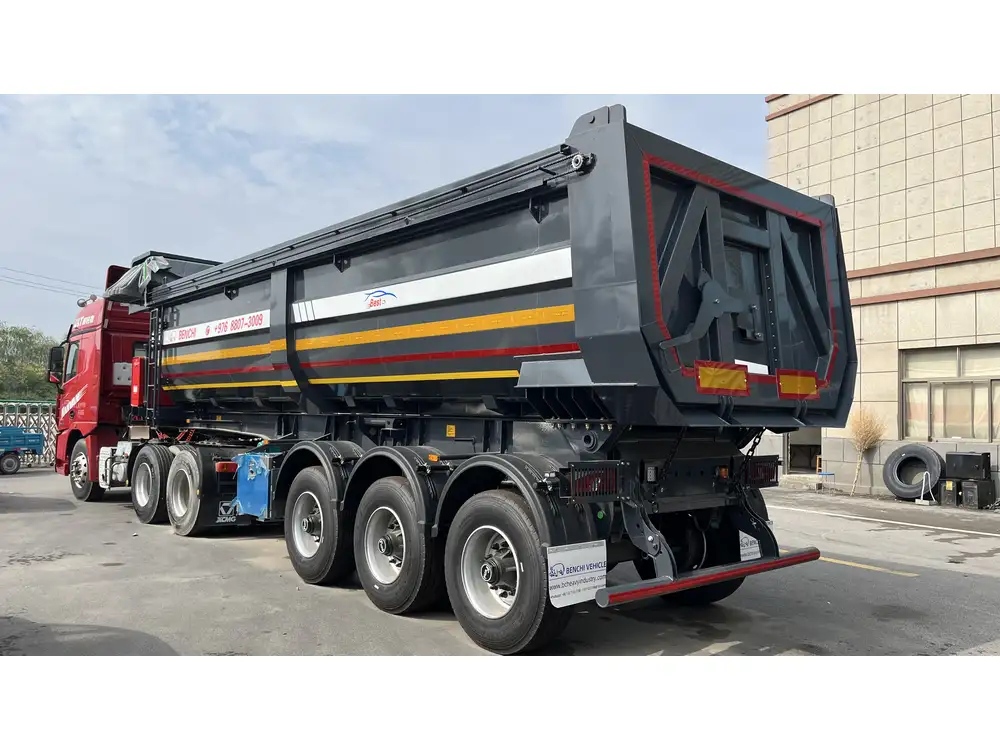
1. Wider Entry Angles
When navigating turns, drivers should aim to enter the corner at a wider angle. This approach allows the trailer’s rear wheels to clear the curb or adjacent lane.
2. Slow Down
Reducing speed prior to making a turn can provide additional control, allowing for smoother movements. This is particularly important when operating in tight spaces or heavy traffic conditions.
3. Practice Maneuvers
Regular practice with different configurations in a controlled environment will vastly improve a driver’s aptitude for handling turns efficiently and safely.
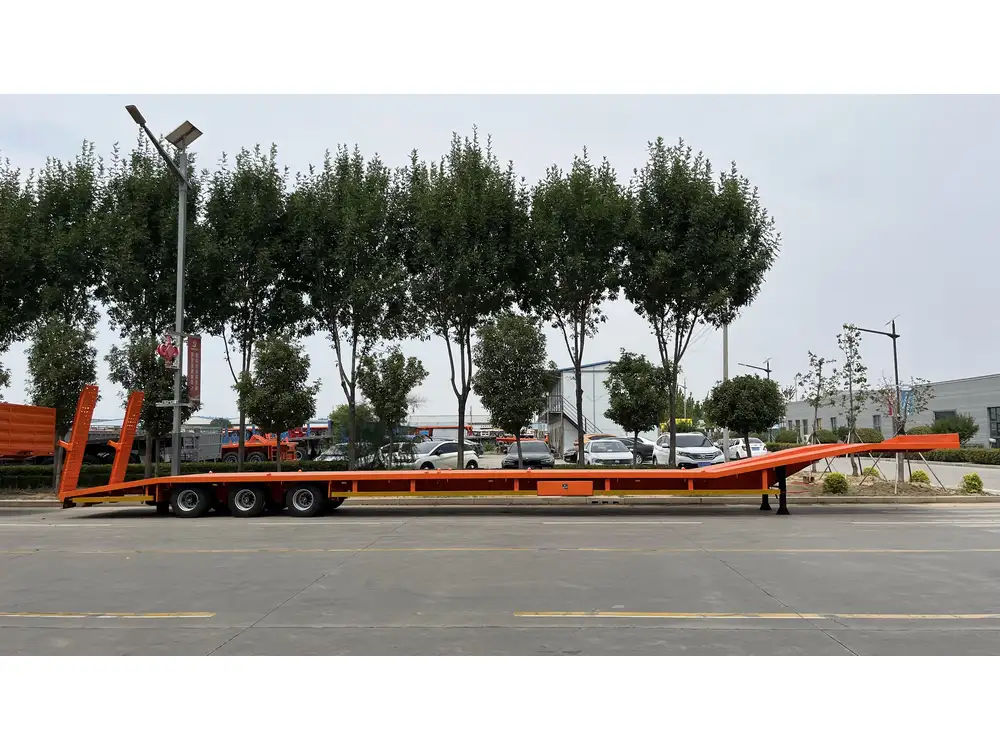
Historical Perspective on Semi-Trailer Design
The evolution of semi-trailer design has had a significant impact on the dynamics of turning. Earlier models lacked many of the advanced steering and suspension systems available today, which led to pronounced off-tracking and difficulty in navigation. Over time, innovations such as articulated steering mechanisms and enhanced suspension designs have greatly improved vehicle handling and safety.
Impact of Advanced Technologies
Modern semi-trailers feature technologies that help mitigate off-tracking. These include:
- Adaptive Steering Systems: Adjust the steering ratio based on speed and turn angle, improving alignment as the vehicle negotiates curves.
- Advanced Multi-Axle Systems: Allow for better weight distribution and assist in smoother turns without excessive off-tracking.
Future Developments in Semi-Trailer Technology
As the manufacturing of semi-trailers continues to evolve, future innovations are likely to focus on autonomous driving technologies. These advancements may redefine how off-tracking is managed, leveraging automated systems to significantly enhance stability and control.
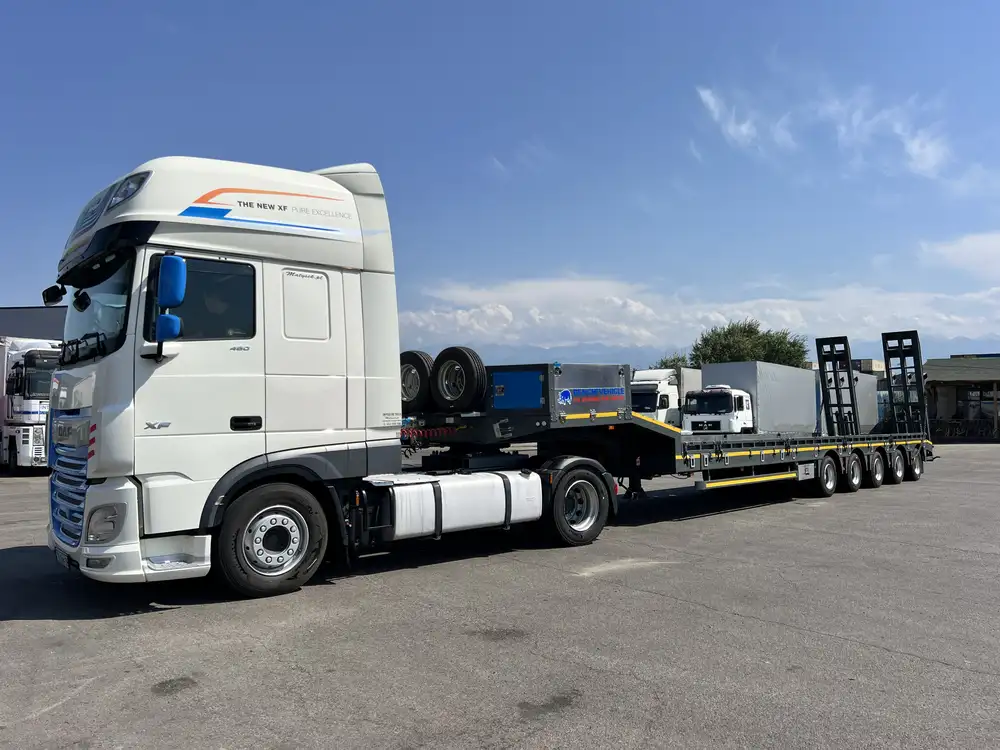
Safety Considerations Related to Off-Tracking
A comprehensive understanding of off-tracking not only aids in safer driving but also contributes to overall road safety. Key considerations include:
- Public Safety: Surge in delivery trucks on urban streets necessitates an understanding of how lanes are traversed.
- Infrastructure: Road design, signage, and regulations should accommodate the dynamics of off-tracking to ensure safe navigation for larger vehicles.
- Driver Training: Implementing rigorous training programs that focus on the technicalities of off-tracking can yield significant benefits for logistics companies.
Evaluating Driver Awareness
Ensuring that drivers are educated on off-tracking dynamics is paramount. A robust training curriculum that incorporates real-world scenarios and hands-on experience will equip them with the necessary skills to navigate challenging driving conditions.
Implications for Fleet Management
For trucking companies, understanding off-tracking can lead to better route planning and fleet utilization. Proper awareness can help in reducing operational inefficiencies related to vehicle handling, ultimately lowering costs and improving delivery times.
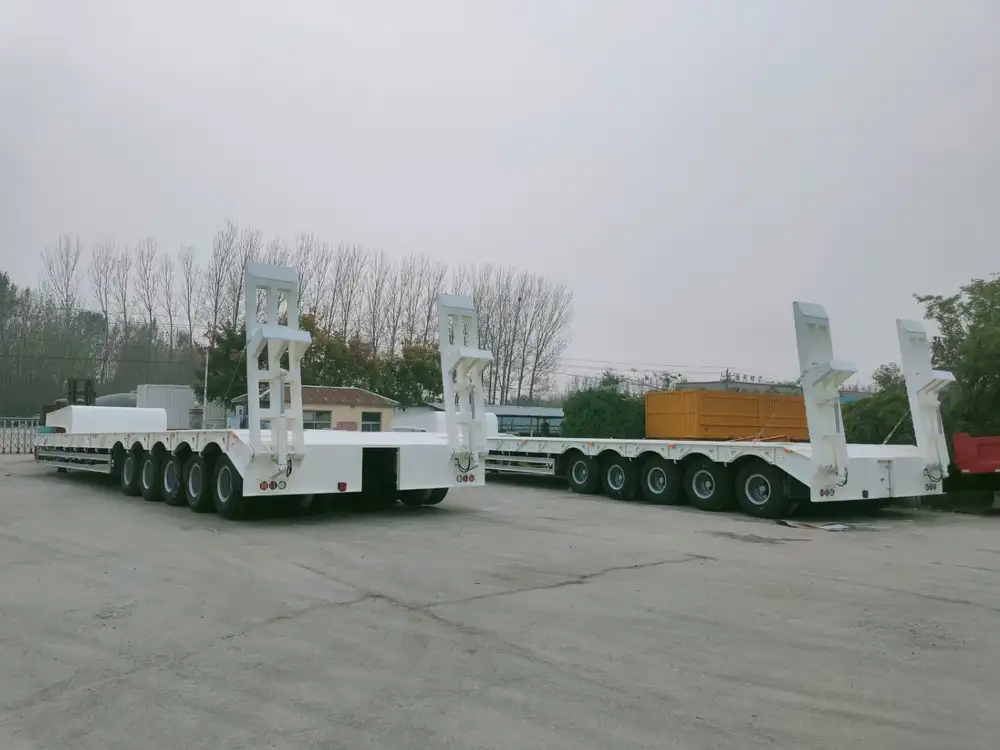
Conclusion
In this ever-evolving landscape of freight transportation, grasping the intricacies of how a semi-trailer turns closer due to off-tracking is essential for both safety and efficiency. By educating drivers, embracing technological innovations, and prioritizing safety considerations, the logistics industry can navigate the complexities of vehicle dynamics with confidence. With continued education and adaptation, we can ensure safety and reliability in freight transport for years to come. Understanding turning dynamics is not merely a matter of technical knowledge—it’s a cornerstone of responsible and efficient transportation.
By effectively addressing the nuances of off-tracking, companies can drive better performance, enhance safety, and ultimately thrive in an industry marked by continuous transformation.



